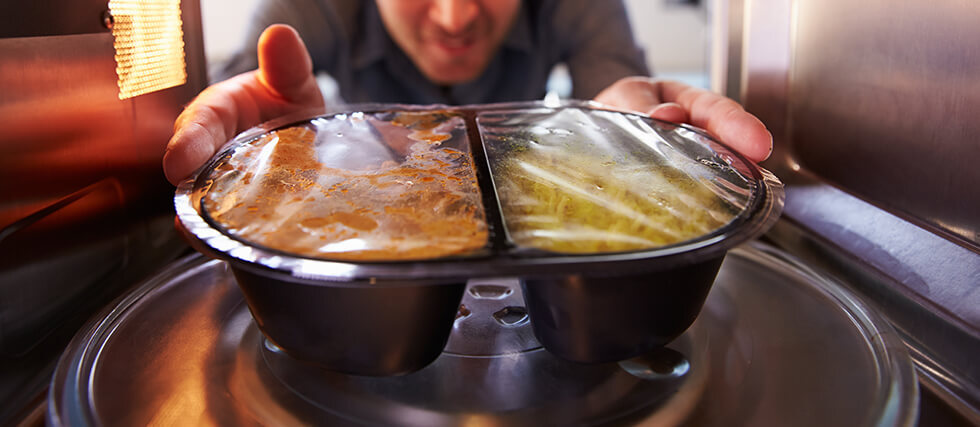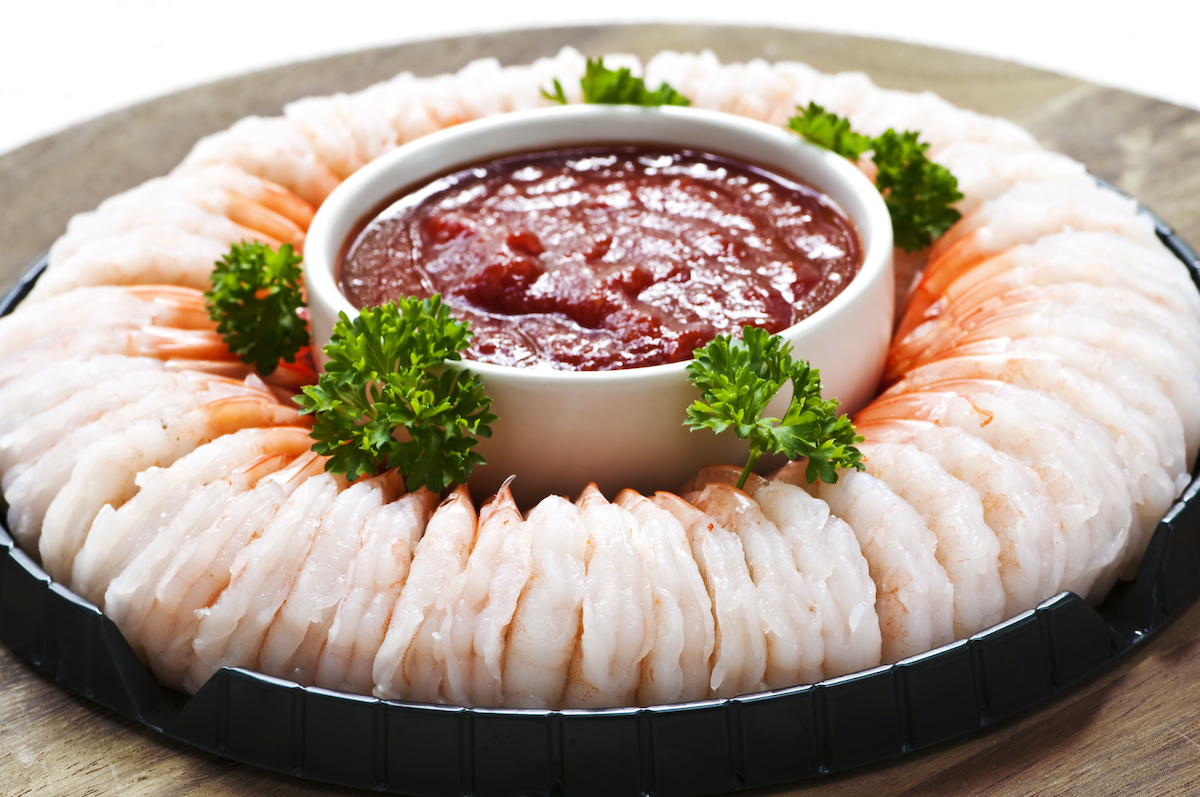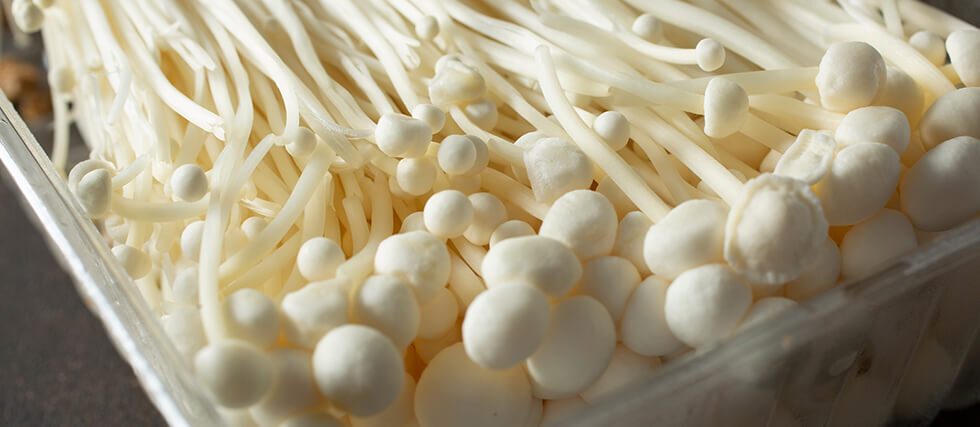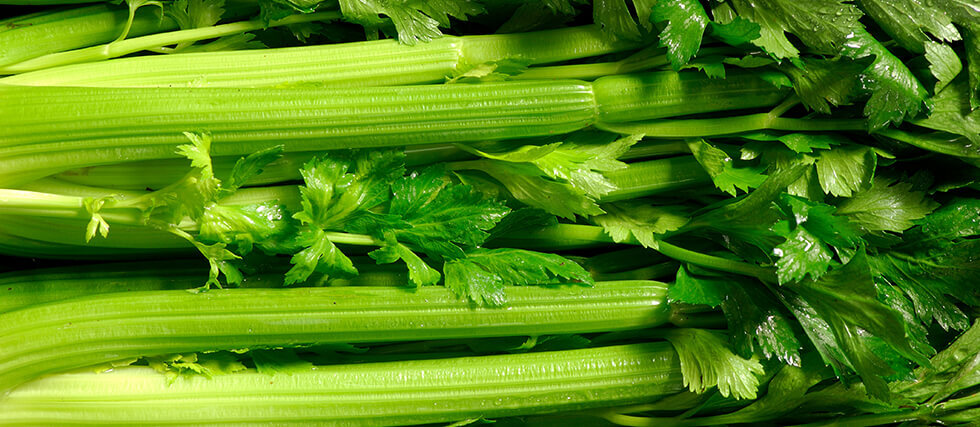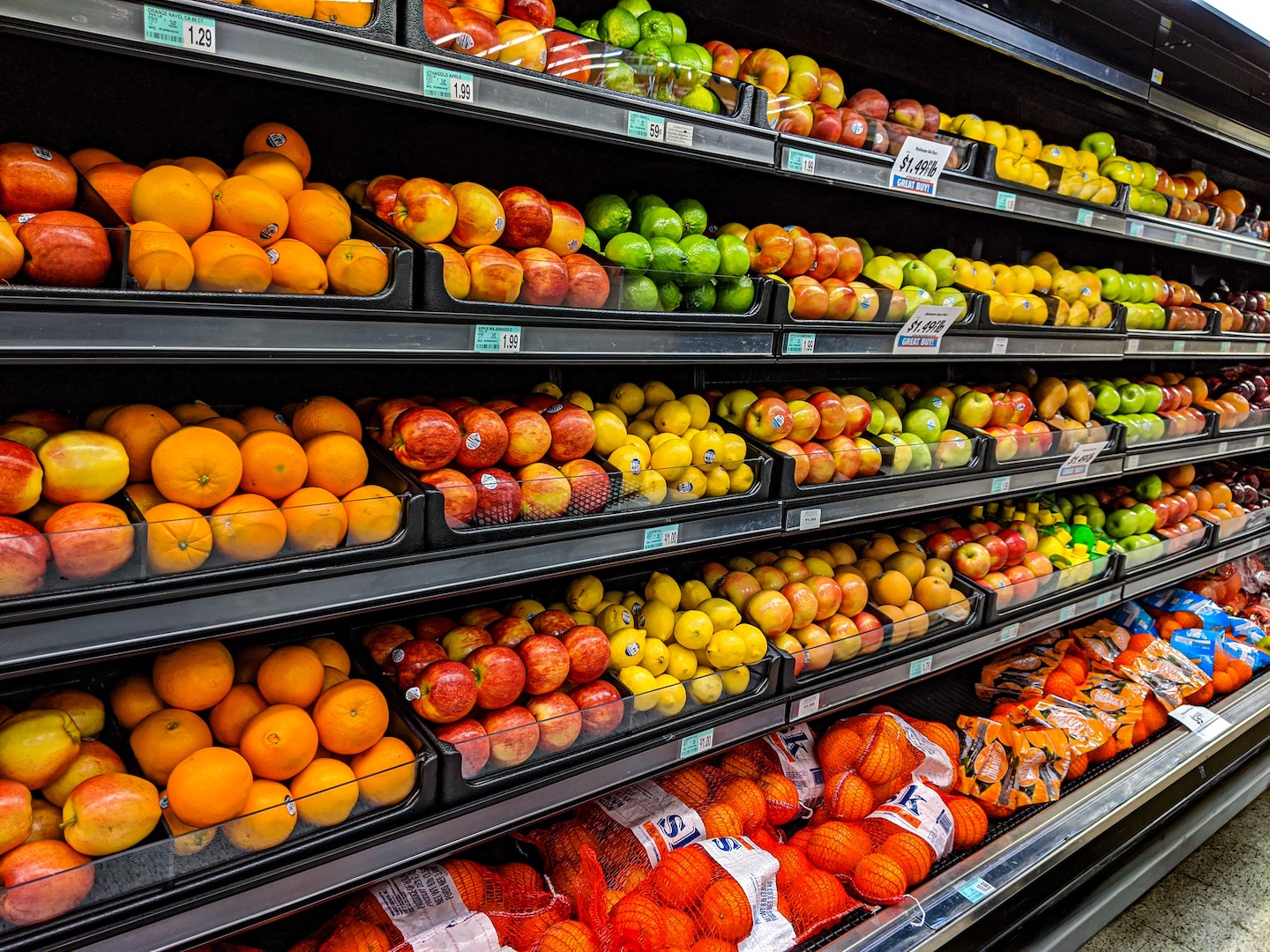Avoid Choking! Nestlé Recalls Frozen Meals Sold at Walmart, Kroger & More
Check your freezer—Nestlé USA just recalled four popular frozen meals that could come with an unwanted side of wood splinters. Yep, you read that right. According to the recall notice, these meals—sold at Walmart, Kroger, Walgreens, Giant, and more—may contain a “wood-like material,” and one person has already choked on it.
Recalled Products:
🚨 Lean Cuisine Butternut Squash Ravioli – (Various batches, Best-by: Oct 2025 – Mar 2026)
🚨 Lean Cuisine Spinach Artichoke Ravioli – (Various batches, Best-by: Oct 2025 – Mar 2026)
🚨 Lean Cuisine Lemon Garlic Shrimp Stir Fry – (Batch: 4214595511, Best-by: Sept 2025)
🚨 Stouffer’s Party Size Chicken Lasagna – (Various batches, Best-by: Oct 2025 – Mar 2026)
These meals were sold nationwide between September 2024 and March 2025. While no other Nestlé products are affected, if you have any of these in your freezer, toss them immediately or return them for a refund.
If you’ve already eaten one of these and are feeling unwell (or, you know, coughing up splinters), call your doctor ASAP.
For more details, contact Nestlé USA and stay safe!


